Moving ‘Natural Capital’ from Metaphor to Reality
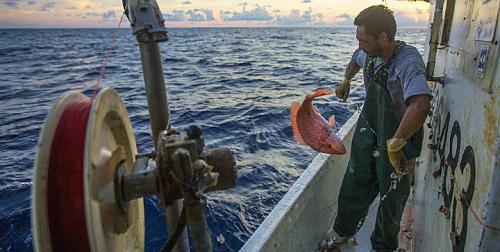
For better or worse, nature and ecosystems have been discussed in the ongoing dialogue/debate about the environment and anthropogenic climate change in economic terms. A new article by Eli Fenichel and Joshua Abbott explores this topic with more nuance than is common in the regular discourse.
“The researchers show the importance of valuing natural resources as a capital asset that stores wealth for the long term (Emphasis Added) rather than simply as commodities that are bought and sold in the day-to-day by developing a formula that combines economic with biophysical measurements and quantifies the feedbacks between nature and human behavior.” – Kevin Dennehy
To read more of Dennehy’s piece, visit Phys.Org. And, to read Fenichel and Abbott’s original article, find yourself a copy of the Journal of the Association of Environmental and Resource Economists.
10 Leadership Lessons from Super Heroes (and Super Villains)

More on the fun side of things, this post is for you, Ben Delozier (our assistant director and resident super hero fanatic)!
“Because good leadership is a super power, I bring you lessons in leadership, gleaned from our finest super heroes (and super villains). From Batman to Tony Stark to Lex Luthor, and more. Tights and a cape do not a leader make, but these pearls of wisdom just may. . .” – Michael Kasdan
For all the tight-and-cape-clad wisdom, check out these 10 leadership lessons in the full Article at The Good Men Project.
California City Rejects Anti-Bullying Ordinance
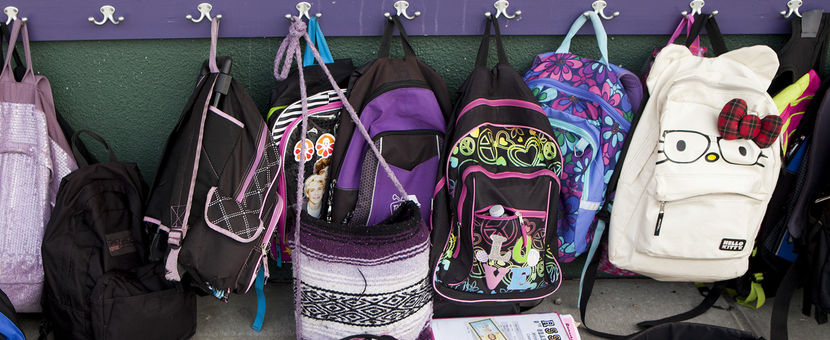
“In a surprise, the City Council of Carson, California, rejected an ordinance aimed at making the Los Angeles suburb the nation’s first zero-tolerance place for bullies. The measure would have been the nation’s toughest piece of anti-bullying legislation, but was defeated Tuesday night after sailing through a reading and vote by the full Council earlier this month. The second and final step was viewed to be a formality, after the measure received strong support from Councilmembers in a May 6 preliminary vote.”
I have to admit, when I first saw this piece I felt disappointment; how could something designed to keep young people physically and emotionally safe be rejected?
But, then I read the article and the natural complexity of the situation started to emerge: “Opponents took issue with what they said was vague language and the overly-broad definition of bullying…’The biggest issue you deal with is always ‘he said, she said…’”
Of course, this issue also brings to the forefront the difficulty and possible ineffectiveness of trying to solve a problem with punishment rather than rehabilitation or reeducation; it’s akin to ‘treating’ the symptom rather than the cause.
To read the full story, visit MSNBC.
And visit our website to learn more about Adventure In Adventure Out’s growing anti-bullying program You Belong, a bold and transformative program that engages students and teachers in the creation of a physically and emotionally safe environment where courageous action is encouraged, and the true expression of each person is welcomed and celebrated.
Bullying: Are we becoming desensitized?
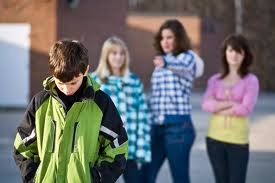
What constitutes bullying?
It’s a valid question for all who are in some way responsible for the well-being of children. And, while it’s a certainty that bullying is an issue, is it possible that the natural conflict that can invariably arise between children is sometimes misdiagnosed?
This article explores these questions and asserts that the most effective tools for knowing the difference are asking questions and listening to the answers we receive.
Sometimes the most effective tools are the simplest.
For Daniela Fierro’s full article visit KGNS. Tv.
And visit our website to learn more about our anti-bullying program, You Belong.
The Problem of Plenty
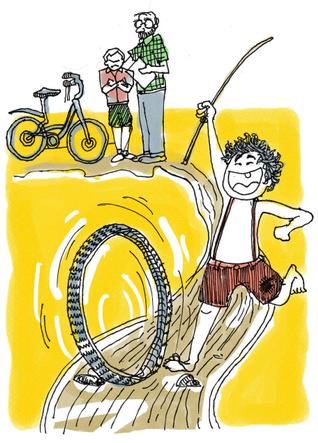
Another well-penned piece about the problems of progress.
“Simple moments of joy have been hijacked by a need for bigger, flashier entertainment. Is the art of simply being happy forgotten?
It is a common well-rehearsed urban scenario. At a coffee shop where a group of people are ordering a meal. There is a lot of discussion — brown bread vs multigrain; cappuccino vs latte; penne vs fussilini. The deliberations are endless and an entire time span has been spent on befuddling the waiter further, with various permutations and combinations.
When the meal arrives, the group is too preoccupied with their gadgets and phones to even enjoy the meal. Much time is spent in photographing their choices and uploading it onto the web. The actual time spent on the meal is a harried one. And when they leave; they are already talking about their next universe of multiple choices!”
To read Anuradha Shyam’s full article, visit The Hindu.
The Importance of Open Spaces for Wolves
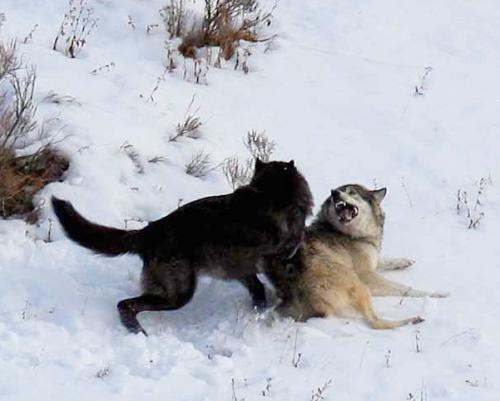
Wolves occupy a unique place within the psyches of many Americans, often stirring up ambivalent feelings: they’re amazing and majestic creatures, but do they have an impact on local game animals, livestock, pets, and perceived levels of safety?
While I’d suggest you read and savor Aldo Leopold’s seminal essay Thinking Like a Mountain to add depth to your personal understanding of the role of wolves in ecosystems, this recent article presents new and unexpected information regarding the health of wolf populations in the west.
“Without adequate space to raise their offspring, wolf packs lash out at competing clans and fight to the death to protect their turf.
That’s among findings of a recent study by Utah State University ecologist Dan MacNulty and colleagues from the University of Oxford and the Yellowstone Wolf Project. The team published the research in the April 21, 2014, online issue of Journal of Animal Ecology. Their paper will appear in a future print edition of the British Ecological Society publication.”
For more, head over to Phys.Org.
Bullying’s Long-Term Effects Seen in Both the Bullied and the Bully
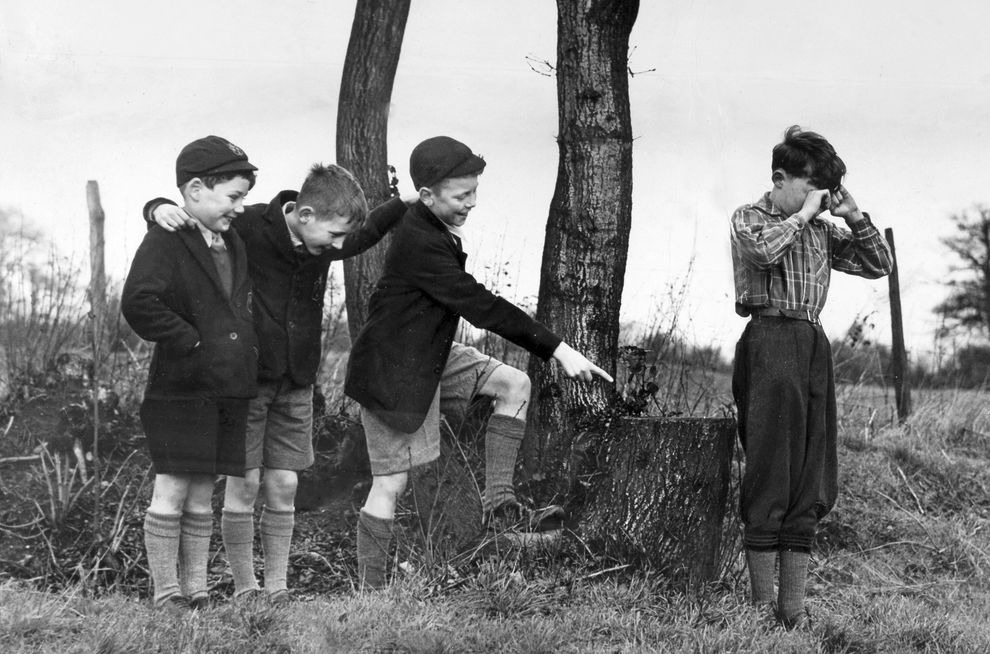
“The effects of bullying in childhood can last a lifetime, both for the child who’s bullied and for his or her tormenter.
But according to a Duke University study published today in the Proceedings of the National Academy of Sciences, while young adults show long-term ill effects of having been bullied in childhood, those who did the bullying might actually be healthier than their peers…”
We’re all familiar with the deleterious effects of bullying on the bullied, but researchers have published some intriguing data regarding how it also effects bullies.
To read more, visit the National Geographic Daily News.
And visit our website to learn more about our anti-bullying program, You Belong.
Getting to Know Bark!
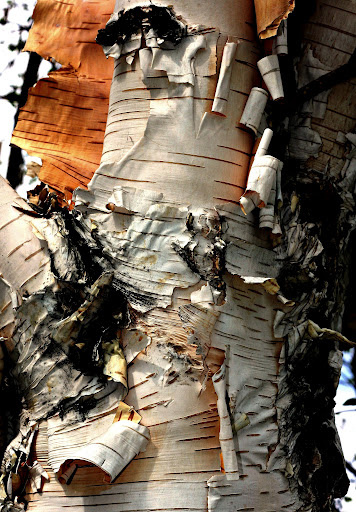
Photo by Sharon Peterson, Flickr
Last weekend, a group of AIAO’s core staff and community had the very good fortune to take part in a workshop presented by Bark author Michael Wojtech, which was simple and illuminating, and focused on some of Bark‘s basics.
Completed while obtaining his M.S. in Conservation Biology from Antioch University, Bark is an amazing and relatively simple guide for identifying trees with the information you have in front of you, rather than what may be 3o feet in the air, out of sight and out of reach. Put another way, Bark brings tree identification down to our level: naturalists, scientists, academics, nature enthusiasts, and others will find it the information in its pages invaluable.
You can visit his website, KnowYourTrees.com, and you can also check out this great article he wrote for Northern Woodlands magazine.
Look Up!
Ironically, as of this writing the Look Up video has almost twenty-one million views(!), and for good reason: it’s a heart-string-tugging call to all us technologically-mired and connection-challenged individuals.
While I can’t deny that it was conceived of, and created, from a specific vantage point, I think that Gary Turk as done a phenomenal job shining a light on a serious issue in our culture.
I’ll let the video speak for itself. Enjoy.
“Make salad, not war.”

“You could take a different view of the dandelion. It’s a view that goes back millennia, to our foraging ancestors who saw T. officinale as an herbal medicine and valuable food source. They’re good steamed, sautéed or simply blanched in hot water and drained. Dandelion leaves make a healthful salad (the best time to harvest them is early spring, before a plant blooms). Yellow flower heads can be used to make wine. The taproot can be harvested for food or to make a coffee-like beverage. The dandelion’s value on the menu is evidenced by the fact that plant breeders have developed cultivars with bigger leaves, or are self-blanching to take out the bitterness.”
For more of this great article, featuring plant expert Arthur Haines, visit Northern Woodlands.
Disclaimer and Caution: When harvesting wild edibles and medicinals you should be certain you are collecting the appropriate plants; search for classes and workshops in your area at local nature centers. Also, be careful where you harvest; yards, roadsides, high-tension power line areas, and others may utilize pesticides and chemicals to manage plants and insects.
 Adventure In Adventure Out
Adventure In Adventure Out
